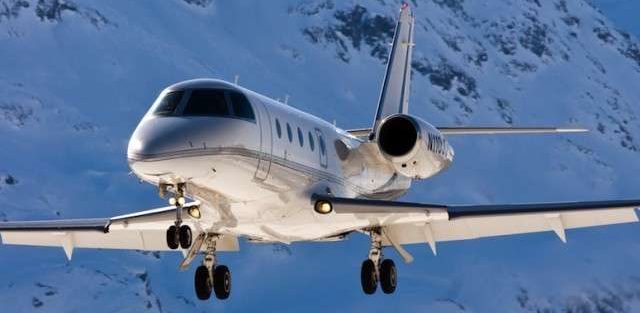Transponder

Squawking Transponder Codes
To assist air traffic controllers in identifying individual charter planes on their radar screens, transponders can transmit what are referred to as transponder codes. These are four-digit codes using the numbers zero to seven, inclusive. Therefore, these codes can range from 0000 to 7777. In total, there are 4096 potential codes using this system. To assign a transponder code to a charter plane, air traffic control will ask the pilot to ‘squawk’ a code. Once the code is transmitted, it allows the controller to easily identify the aircraft on the radar screen. In addition to identifying aircraft, pilots can use transponder codes to transmit other important information:- 1200: aircraft is flying VFR
- 7500: aircraft has been hijacked
- 7600: aircraft has lost radio communication
- 7700: aircraft is in a state of emergency
In aviation, a transponder (short for transmitter-responder) is a radar beacon equipped on an aircraft. It emits and receives radio signals. It is a useful tool that allows air traffic controllers to locate and monitor the whereabouts of individual charter plane travelling within their airspace using radar.
While a primary radar system can detect the location and bearing of an aircraft, it is unable to determine altitude. Instead, air traffic controllers use secondary surveillance radar (SSR) to emit a signal that’s picked up by the transponder on a charter plane. In turn, the transponder responds with this additional information.
In addition to transmitting location information to air traffic control, transponders are also a key component of collision avoidance systems.
Squawking Transponder Codes
To assist air traffic controllers in identifying individual charter planes on their radar screens, transponders can transmit what are referred to as transponder codes. These are four-digit codes using the numbers zero to seven, inclusive. Therefore, these codes can range from 0000 to 7777. In total, there are 4096 potential codes using this system.
To assign a transponder code to a charter plane, air traffic control will ask the pilot to ‘squawk’ a code. Once the code is transmitted, it allows the controller to easily identify the aircraft on the radar screen.
In addition to identifying aircraft, pilots can use transponder codes to transmit other important information:
- 1200: aircraft is flying VFR
- 7500: aircraft has been hijacked
- 7600: aircraft has lost radio communication
- 7700: aircraft is in a state of emergency








